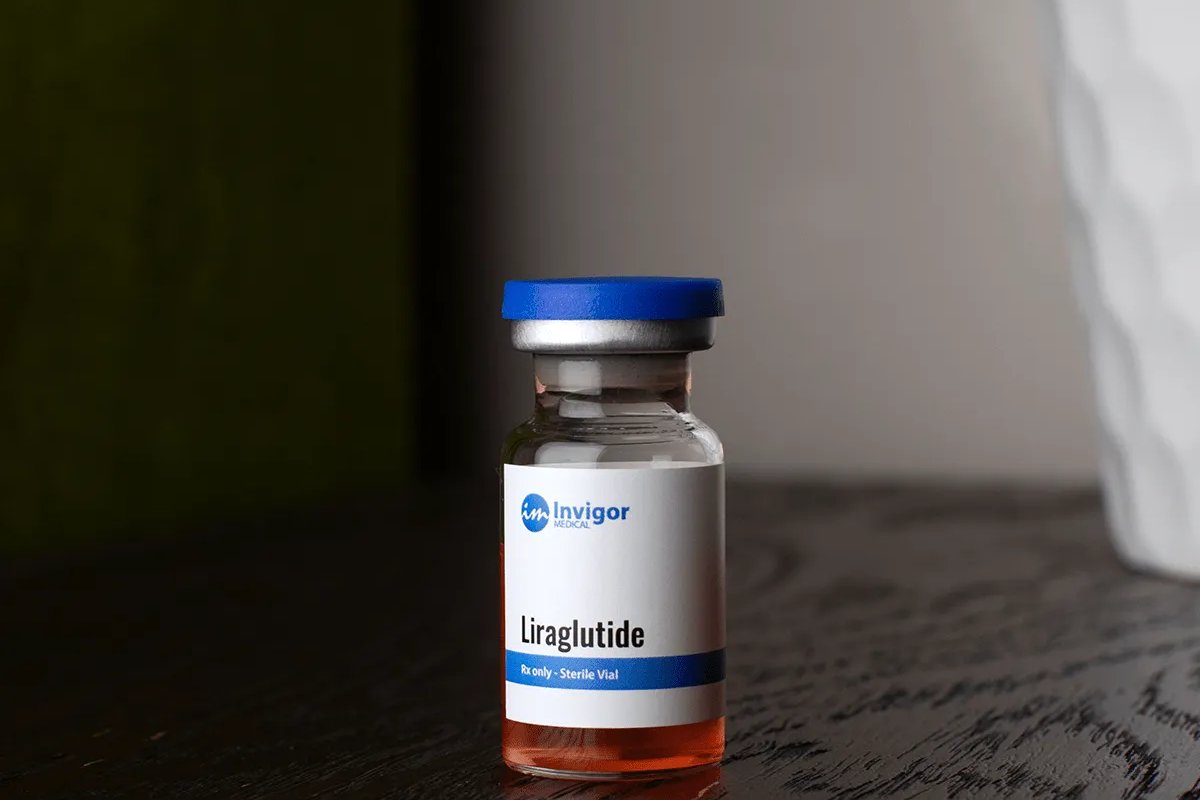Many people look at medication options to help with weight loss and type 2 diabetes, but the decision is not always simple. Learning how to choose the right treatment can make a big difference in results and side effects.
When considering choosing between liraglutide and semaglutide, people should first understand what sets these medications apart. Knowing what to look for helps individuals and their healthcare providers make choices that fit their needs and health goals.
Table of Contents
1. Effectiveness in weight loss, with Semaglutide generally showing greater results
Studies have found that Semaglutide often leads to more weight loss than Liraglutide. At both three and six months, people taking Semaglutide saw noticeable drops in weight.
For those with obesity, Semaglutide has shown an average weight reduction of about 11 to 12 percent from their starting weight. Some people may respond differently, but this level of progress is common.
Comparing the two medicines, Semaglutide usually produces greater improvements in weight than Liraglutide. These results appear not only in the short term, but also over longer periods of use.
The benefits of Semaglutide can also include better waist measurement and body mass index changes. These changes have been recorded in multiple studies.
2. Dosing frequency: Semaglutide is weekly, Liraglutide is daily
Semaglutide is taken once a week, while liraglutide needs to be injected every day. This difference can affect how easy it is for someone to stick to their treatment.
People who prefer fewer injections may find semaglutide more convenient. A weekly routine can also fit better into a busy lifestyle.
Some may like the daily habit of liraglutide because it becomes part of their routine. Others may find it hard to remember daily doses or dislike frequent injections.
The choice between weekly and daily dosing depends on personal preference and what feels easier to manage. Consistency with the chosen schedule is important for both medications.
3. Tolerance and side effect profiles for each medication
Some people may tolerate semaglutide and liraglutide differently. Both medications can cause side effects like nausea, vomiting, and diarrhea. These symptoms often happen when starting treatment or increasing the dose.
The chance of stomach problems, such as delayed gastric emptying, is similar for both medications. People who have trouble with higher doses of semaglutide or liraglutide may need to lower the dose or stop treatment.
Other effects like headache, constipation, and tiredness are also possible. In a few cases, more severe side effects may happen, but they are rare. Each person’s experience varies, so the choice may depend on their past reactions or health history.
4. Patient’s medical history, including any existing conditions
A person’s medical history plays a big role when choosing between these two medications. Some health conditions may affect how safe or helpful one medicine is over the other.
People with heart disease, kidney problems, or a history of pancreatitis need to talk with their doctor before starting either option. These conditions can change how their body reacts to the medication.
If someone has allergies to any of the ingredients, they should not use the injection. Certain medicine mixtures or health situations may also make one option less suitable.
Doctors review past health records to find issues that might cause unwanted reactions. They also consider any medicines the person already takes, because some combinations may not mix well.
5. Lifestyle considerations, such as injection convenience
One key difference is how often each medicine needs to be injected. Semaglutide is usually taken once a week. Liraglutide must be taken every day.
Weekly shots may fit better with a busy schedule. People who have trouble remembering daily tasks might prefer fewer injections.
Daily injections can be part of a regular morning or evening routine. Some might find daily use helpful for building a habit and keeping track.
Convenience matters when thinking about how easy it will be to follow the treatment. The choice may depend on personal routines and comfort with giving injections.
6. Treatment goals like gradual versus rapid weight loss
Some people want to lose weight quickly, while others prefer a slower, steadier approach. The pace of weight loss can affect how easy it is to keep the weight off and manage side effects.
Research shows that semaglutide may lead to more weight loss over time when compared to liraglutide. This can be helpful for those seeking faster results.
A gradual approach, as seen with liraglutide, might be better for people who are concerned about tolerability and adjusting to new habits. The choice depends on a person’s comfort level and overall health.
Doctors often look at a person’s health, lifestyle, and past experiences with weight loss when deciding which medicine may fit best. Both options work best when combined with healthy habits like balanced eating and regular activity.
Conclusion
Both semaglutide and liraglutide are used for weight loss and help manage blood sugar in people with type 2 diabetes. Each has its own benefits and possible side effects.
Semaglutide is given weekly, while liraglutide requires daily dosing. Some people may find a weekly shot easier to stick with than a daily one.
Cost can be a deciding factor for many. Semaglutide is often noted to be more cost-effective over time.
Side effects are similar, with many being stomach-related. Talking with a healthcare provider can help weigh these factors for the best choice.

